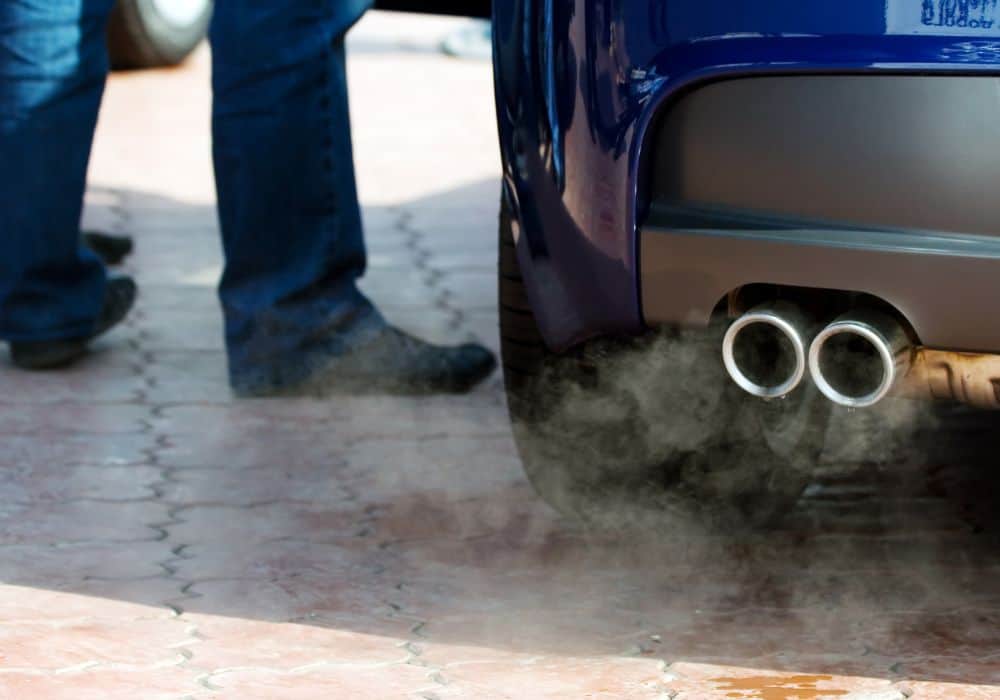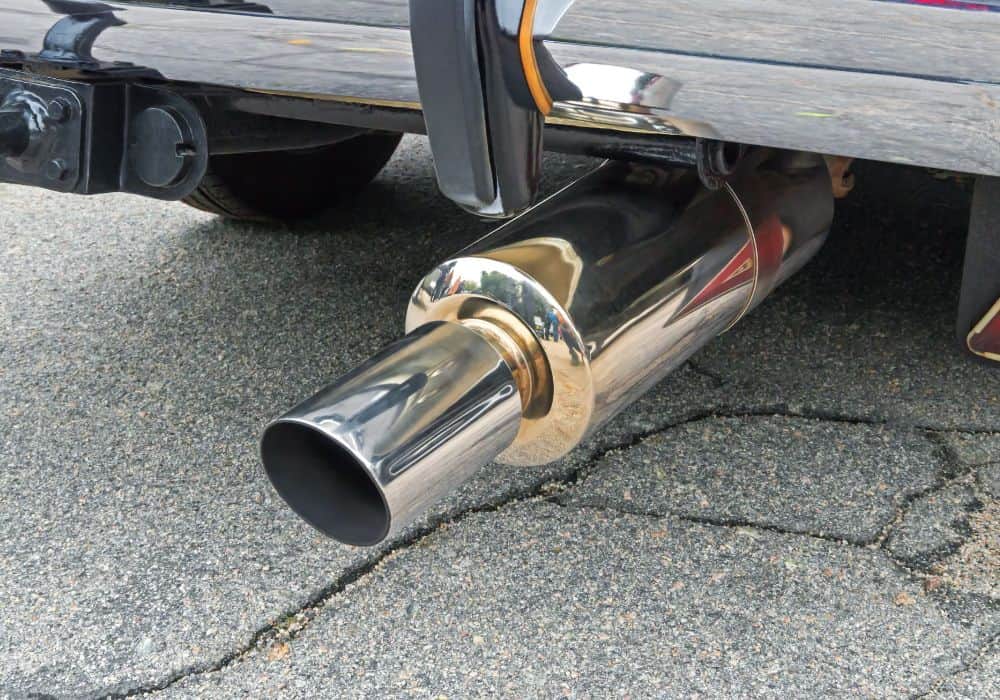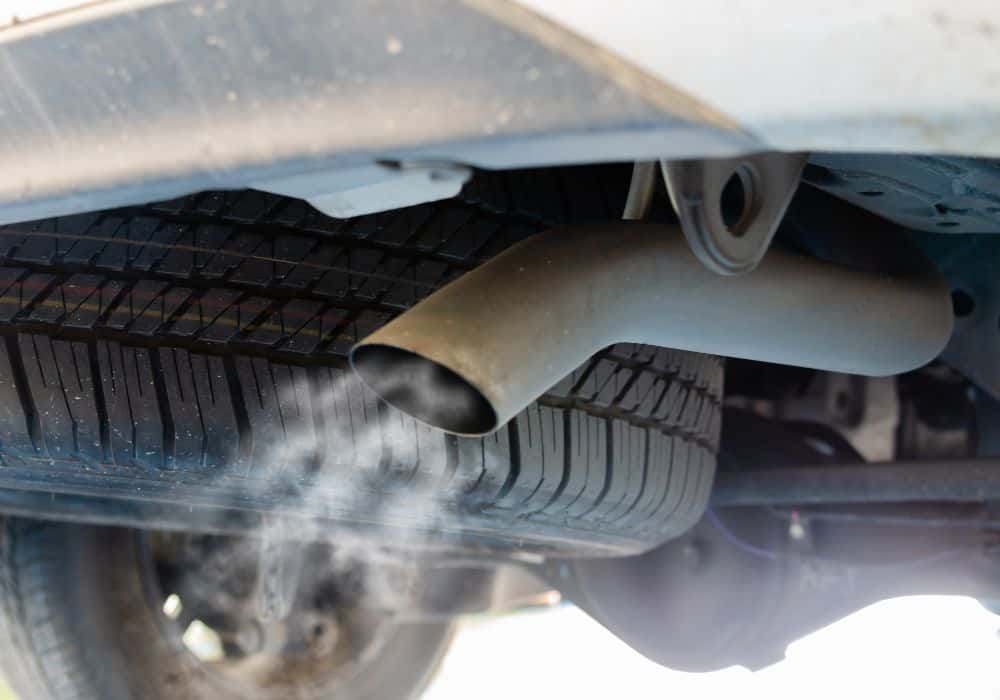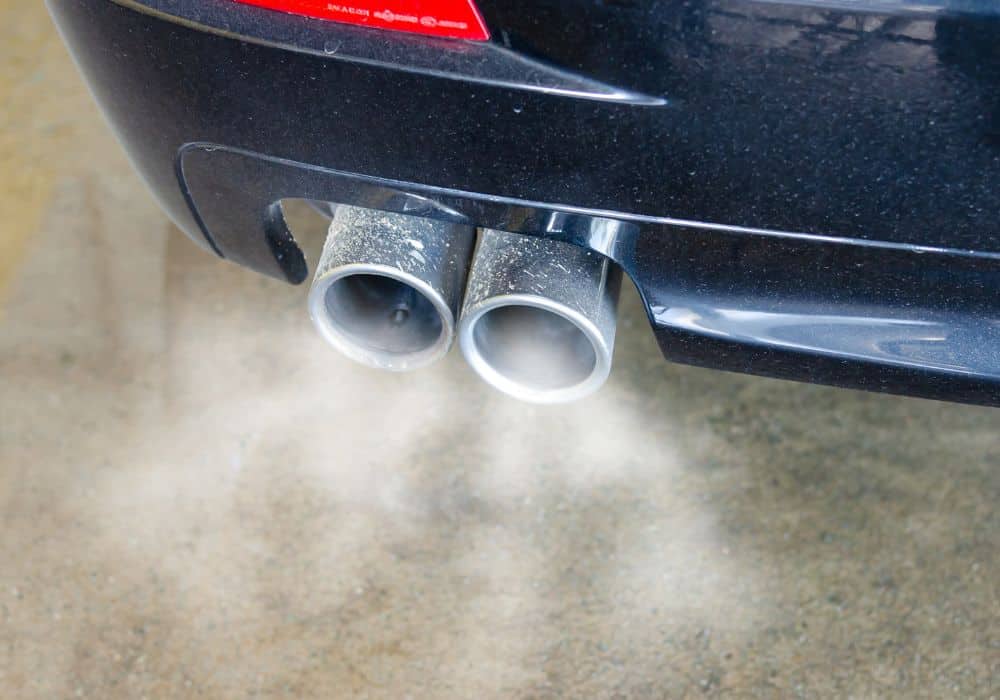Are you looking for ways how to treat exhaust pipe burns on your leg? Then, you’re right on track! Here, we will give you comprehensive information to alleviate this rather unfortunate situation. We will also expound on the specific stages of burns to help you identify the appropriate treatment.
What does an exhaust pipe burn mean?
An exhaust pipe burn, from the name itself, is a burn caused by skin contact on exhaust pipes. Exhaust pipes are the metal pipes from motorcycles or cars, which release the fumes produced by the vehicle’s engine. The most common location of a motorcycle exhaust burns our legs, ankles, calves, and knees.
This particular kind of burn is part of the classification of thermal burns, which are burns from a heated object. And more often than not, exhaust pipe burns occur among passengers and children, although these may also happen among drivers and anyone of all ages.
What could possibly happen if you get an exhaust pipe to burn?
Accidents can happen anywhere and anytime. And it when comes to exhaust pipe burns, the injury may vary depending on the severity of the accident. The most visible effect includes sharp pain and redness in the affected area.
If the burn is quite severe, then there’s a great possibility of blisters developing. A blister is a skin condition that is characterized by a small swelling with fluid between the exterior skin layer. Aside from the fluid, blisters may contain blood or pus.
For serious burn injuries, it can destroy the nerves and could even affect some pivotal organs or blood vessels in the body. It may also cause numbness due to an inflammatory response. Meanwhile, the long-term effect of exhaust pipe burns includes scarring and contractures.
What are the stages of exhaust pipe burns?
Burns are generally classified according to a certain level, and each level is grounded on the impact as well as the injury to the skin. There are three burn stages that you need to properly distinguish so you’ll know the correct treatment.
- First-degree burns (outer layer of skin) ― redness, mild swelling, and pain
- Second-degree burns (second layer of skin) ― redness with blisters and thickening of the skin
- Third-degree burns (the fat layer beneath the outer and second layers of skin ― blackened or whitened with a leathery appearance due to possible tissue damage
What to do with mild burns from exhaust pipes?
It’s pivotal that you know what to do if you experience this ill-fated event. So, in this section, we’ve gathered the most important tips and steps in case you get a first-degree or second-degree burn from exhaust pipes.
1. Stay calm.
This may sound like a cliché, but staying calm is definitely the most important tip if you come across this particular mishap. Exhaust pipe burns often happen accidentally, hence the need to calm down your senses for you to act sensibly.
2. Treat with cold water.
Your senses would dictate you remove your skin from the exhaust pipe. As soon as your skin is away from the surface, you need to treat it immediately with cold water―not ice water or ice. Do take note that the temperature of the water is crucial.
The cold water helps in minimizing the degree of burn and the impact of the injury. Meanwhile, ice water or ice may lead to damage to the skin tissue and even frostbite. That is why you need to stick to using cold water when treating burns.
Run cold water or apply a cold compress to the area until the pain subsides. This may take a couple of minutes or perhaps half an hour. Be patient as this step truly helps in reducing the swelling and preventing bigger damage to your skin.
Aside from using cold water, you may also clean the burned spot with mild soap. This is very imperative in getting rid of any dirt or bacteria from the exhaust pipe.
3. Dry and cover the wound.
Once you cleaned the burned area, make sure you dry it gently. Pat the wound with a clean cloth and apply antibiotic ointment to help the injury heal faster. Then, cover it using sterile gauze. You may also use bandages as long as these are highly absorbent and do not stick to the burned skin.
Make sure not to cover the wound too tightly to avoid putting pressure on the injury. And in this case, since the injury is on your leg, then try not to wear long pants in the meantime. Friction on the wound may cause further skin damage, hence longer healing.

4. Sterilize your injury regularly with antiseptic.
Just like normal wounds, you need to sterilize the burned skin regularly. Apply antiseptic to the injury to prevent the risk of infection from bacteria. Do this step until such time the wound gets completely dried up. During this period, it’s best that you wear light clothing to lessen your discomfort.
If the burn is not too serious, you may apply aloe vera to soothe the redness. Aloe vera has been proven by many as an effective treatment for mild burns. It helps in treating lesions, reducing inflammation, and reducing the risk of bacterial growth.
5. Apply treatment to the scar.
Unfortunately, most burn injuries caused by exhaust pipes leave scarring. These often create an unsightly appearance, pulling the skin tissue very tightly.
Moreover, if the scar is quite big, this may limit your physical movement, which may then cause further damage to your skin. So, once the injury is cured and dried up, you need to treat the scar as soon as possible.
What to do if there are blisters?
If the burn causes blisters, then you need to be more careful. Blisters due to burns are quite painful. Therefore, you need to know how to treat them. In general, blisters should not be poked open. This should be left intact and let the fluid drain on its own.
Popping the blister prematurely may cause infection and even scarring. And if there’s an infection, this can slow down the healing process. Therefore, make sure not to burst the blister to avoid more serious damage to your skin. If the blister bursts, try not to peel the dead skin and let it dry naturally.

Just like the steps mentioned earlier, you need to wash the area using a gentle soap. Then, treat it with antibacterial ointments and cover it with a bandage. And if the pain is intolerable, you may take an over-the-counter pain reliever.
In general, blisters heal within a few days, though some may take up to a week. It normally does not need medical attention, except when there is an infection. Some of the signs of infection include an unpleasant odor, increased swelling, redness expanding to the surrounding skin, pus, and heat around the blister.
At times, an infected blister may cause fever or chills. Therefore, if the blisters have been going on for many weeks now and you have most of these symptoms, don’t hesitate to consult a health professional.
When to seek medical help?
One of the infections caused by burns is tetanus. This illness is triggered by a bacterium known as Clostridium tetani, which produces toxins. Therefore, if you get serious burns and you are unsure when was your last tetanus shot, then you need to go to the doctor immediately.
Getting a tetanus shot prevents possible muscle spasms and fever, which are the most common symptoms of tetanus. It’s very important not to disregard this advice as tetanus could be fatal if not treated as soon as possible.
Aside from infected blisters and possible tetanus where you need to ask for medical help, there is also an instance when a doctor’s expertise is needed. And that is if you acquire a third-degree burn from an exhaust pipe. This is a serious injury and may even be life-threatening, especially if the injury is expansive.
Unlike first and second-degree burns, the typical appearance of third-degree burns is dry and leathery. It may also be either charred or white. And unfortunately, this level of skin damage could not heal on its own. Thus, you need to consult a doctor immediately for treatment.
Third-degree burns generally damage both the first and second layers of the skin or the epidermis and dermis. There are also times when it destroys the underlying tissue and muscles. Henceforth, most victims do not feel any sensation because the nerve endings are affected.
If the skin damage is severe, patients may undergo skin grafting. Skin grafting is a surgical procedure that encompasses the need to transplant a piece of your skin to replace and cover the destroyed skin layers. Other types of skin grafts may obtain a section of skin from other people.
Conclusion
Exhaust pipe burns on the leg or whatever part of the body are something that you should give attention to. And if you acquire one, make sure you take into account the important steps because improper treatment can lead to infection and lifelong scarring.
And if you are uncertain about determining the degree of your burn, it’s best to seek medical advice from professionals immediately. Remember that your safety and health should always be your priority.


